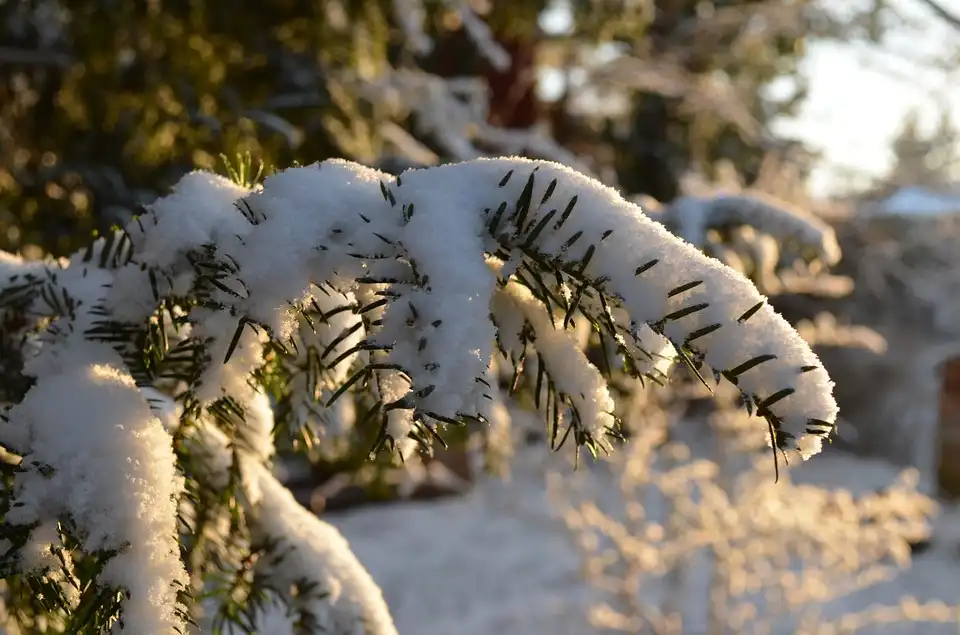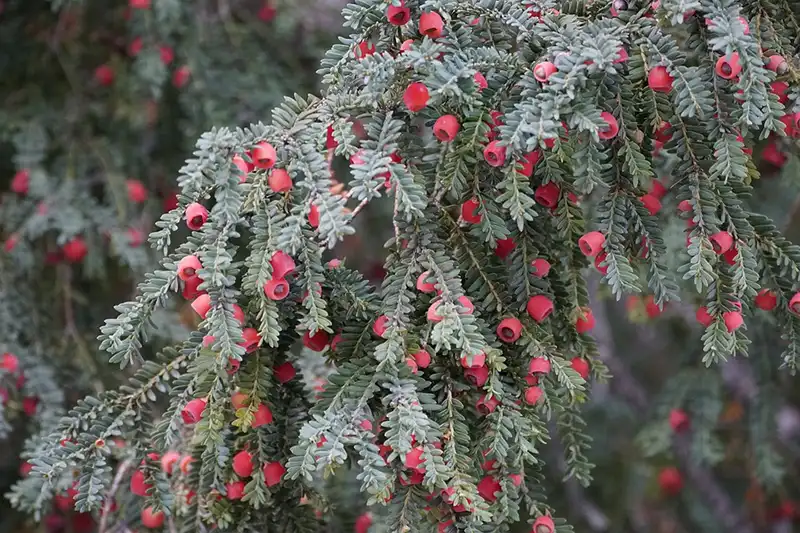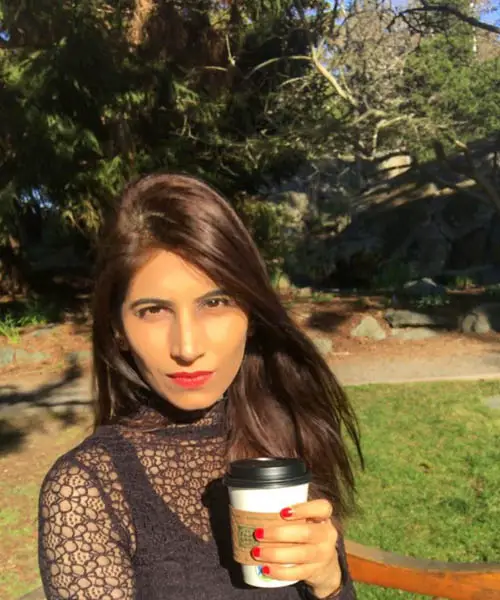How to Protect a Japanese Yew Bonsai in Winter
Japanese Yews are evergreen trees and shrubs that you can commonly see in landscaping in North America and worldwide. Yews have some very fascinating traits and symbols associated with them and have the ability to grow quickly. A Japanese Yew Bonsai is fairly easy to maintain all year round.
However, you must take special care with Japanese Yew bonsais in winter as extreme temperatures and weather conditions can hamper their growth. Please read the tips below to keep your bonsai in good condition in winter.
Winter Care for Japanese Yew
Japanese Yews can only tolerate so much cold in winter times, so ensure you follow the steps below to keep them safe from harm.
Location
Yew bonsais are quite flexible with the location. When kept in partial shade, they tend to develop darker foliage. They also do well in full sun or full shade. During the winter, it’s a good idea to place your bonsai in a location where it can receive ample sunlight. If you’re living in a hot and dry climate, make sure to protect it from strong sun during summer.
Also, protect your plant from icy winds, and hard frost as that might damage the soft roots and foliage. Too much exposure to sunlight isn’t a good idea, even in winters. Balance is the key. If you’re living in an extremely cold climate, you can cover your bonsai with a burlap sack to prevent any winter burn.
Watering
In general, you should water your bonsai more in the summer compared to winter. Although yew is a drought-hardy tree, you shouldn’t leave it extremely dry as well. Between the watering cycles, bear in mind that the soil should be wet but not soggy. Over-watering can lead to root rot. It would also help if you could spray the foliage with lime-free water.
Soil and Fertilizing
Generally, the bonsai soil would do well with a solid organic 10-10-10 fertilizer applied every four weeks. You can use the liquid fertilizer every week. The soil should be moist and well-drained. During winter, you should feed your bonsai less than you do at other times of the year. The soil should be alkaline, i.e., over 7.5 pH levels. It should be a free-draining mix so that there’s enough air space for the roots without any waterlogging. Also, ensure that the potting mix doesn’t remain cold during the winter.
Pruning
It’s best to structurally prune your yew bonsai during autumn and winter. You can also rewire it at any time of the year. If your bonsai is in a weaker state, you should probably hold the pruning until the next season when it regains vigor.
Common Problems and Diseases
Japanese Yew bonsais can be susceptible to mealy bugs, weevils, mites, galls, and scales in some areas. The adult beetles feed on the bark and foliage, and their larvae eat the roots by hiding in the root balls. It’s a serious problem and needs a specific pesticide to address. If you see any galls, please remove them quickly before they cause further damage. Pick off any scales too. Other possible problems are winter burn, twig blight, and needle blight. Also, you could see some damage on your plant due to overwatering when root rots occur.
Key Takeaways
If taken care of properly, Japanese Yew has the potential to survive for centuries. Always remember that it needs a balanced amount of water and sunlight. Since yews are evergreen, they could be attractive to pets and wildlife in winter. You should keep your bonsai away from them, as most parts of yew are highly toxic for pets and humans alike. After pruning, any destroyed parts of the plant should be placed in landfills to not be accessible by animals.







